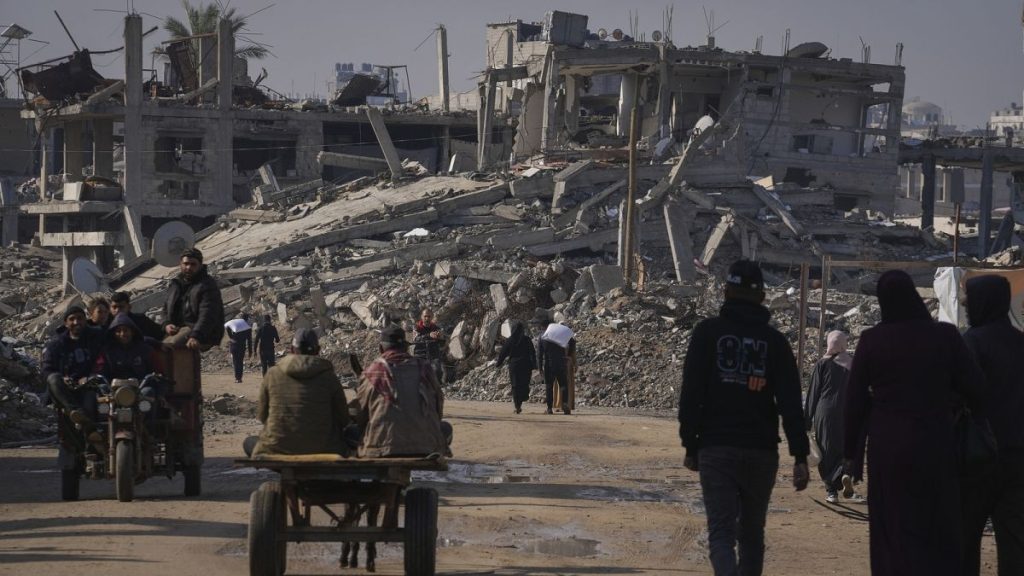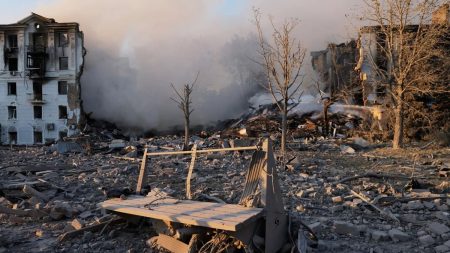The year 2024 witnessed a dramatic escalation in global political violence, painting a grim picture of escalating conflicts and widespread human suffering. Data compiled by the Armed Conflict Location and Event Data (ACLED) reveals a 25% surge in political violence compared to the previous year, exposing one in eight people worldwide to the ravages of conflict and resulting in an estimated 223,000 fatalities. This alarming trend underscores a disturbing two-fold increase in global conflicts over the past five years. The International Institute for International Studies (IIIS) further corroborates this escalating crisis, reporting a 37% increase in conflict-related deaths in the year leading up to June 2024 compared to the preceding year. The intensifying nature of these conflicts, coupled with the rising death toll, paints a bleak picture of the global security landscape.
At the epicenter of this global surge in violence are two prominent hotspots: Palestine and Ukraine. ACLED designates Palestine as the “most conflict-ridden country in the world,” with a staggering 81% of its population exposed to conflict. The ongoing conflict has claimed the lives of an estimated 35,000 people in the past 12 months alone, with an average of 52 conflict incidents occurring daily within Palestinian territories. The war between Hamas and Israel, which erupted in October 2023, has further exacerbated the humanitarian crisis, resulting in over 45,000 Palestinian deaths in Gaza, according to UN estimates. ACLED’s figures, encompassing the West Bank and East Jerusalem, place the total Palestinian fatalities at over 50,000. The pervasive and unrelenting nature of the conflict in Palestine underscores its tragic distinction as the world’s most conflict-ridden nation.
While Palestine grapples with widespread violence, the war in Ukraine remains the deadliest conflict globally. The protracted conflict has resulted in immense human suffering and widespread destruction. Furthermore, Myanmar, embroiled in internal conflict since the 2021 military coup, contends with the highest number of armed groups, signifying a deeply fragmented and volatile security environment. The convergence of these crises in Palestine, Ukraine, and Myanmar highlights the multifaceted nature of contemporary conflict and the urgent need for international attention and intervention.
Beyond these primary hotspots, an estimated 50 countries worldwide are currently grappling with active conflicts, highlighting the widespread nature of global instability. ACLED’s Conflict Watchlist for 2025 identifies several regions at high risk of escalating violence. These include Mexico and Colombia in the Americas, Pakistan in Asia, and Sudan, the Sahel region, and the Great Lakes region in Africa, all classified as “crisis areas” with the potential for further deterioration in the coming year. The watchlist also includes Myanmar, Ukraine, Iran and its allies, Israel, Gaza, the West Bank, and Lebanon, emphasizing the ongoing potential for conflict escalation in already volatile regions.
The widespread impact of these conflicts on humanitarian needs is particularly concerning. The UN projects that a staggering 305 million people will require humanitarian assistance in 2025, with conflict and violence being primary drivers of this escalating need. The Centre for Strategic and International Studies warns of a looming funding crisis for humanitarian aid, predicting that the needs of populations in conflict zones like Gaza, Myanmar, Sudan, and Ukraine will likely remain severely underfunded despite international legal obligations to protect and facilitate humanitarian aid delivery. This potential shortfall threatens to exacerbate the suffering of millions caught in the crossfire of conflict.
The confluence of escalating violence, expanding conflict zones, and the projected surge in humanitarian needs paints a stark picture of the challenges facing the international community. The alarming trends identified by ACLED and other organizations underscore the urgency of finding effective solutions to address the root causes of conflict and mitigate the devastating impact on civilian populations. The international community must prioritize collaborative efforts to de-escalate tensions, promote peaceful resolution, and ensure adequate humanitarian assistance to those affected by these ongoing crises. Failure to act decisively will undoubtedly lead to further suffering and instability on a global scale.














